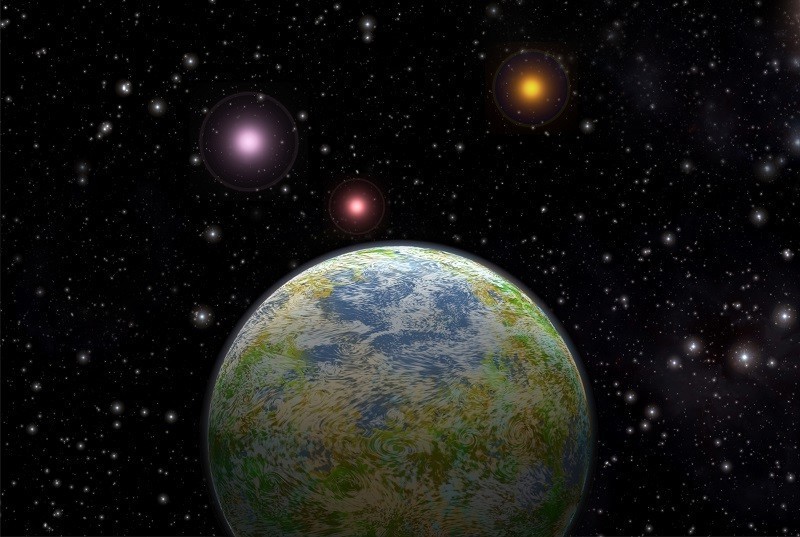Here is a continuation of the developments as reported in the mentioned article:
In 2014, ALMA found a faint object in the direction of Alpha Centauri A & B. The object was again observed in May of this year, this time more clearly. Given that the object is within a few arcseconds of the Alpha Centauri system, it would seem reasonable to presume that it could be part of that system, possibly gravitationally bound as Alpha Centauri D. The Centauri system is about 4 light years away, and at that distance (given the object’s brightness at submillimeter wavelengths) it would have to be a red dwarf star. But such a star would also be clearly visible in the infrared, so if this object is Alpha Centauri D we should have seen it long ago.
It seems to be somewhat of a coincidence in that it was in the direction of Alpha Centauri. Now that they have figured that out, expect much more focus on this unusual formation. Here is one of the possibilites about this object which is the cause for all the buzz:
Another possibility (which seems more likely to the object’s discoverers) is that it is about 300 AU away and about 1.5 times the size of Earth, making it the first “super-Earth” found in our solar system.
Here is the update on what astronomers are now doing:
Many astronomers are now running their own calculations to estimate the chances that Planet Nine exists in this particular orbit, and if not, where it might be. Samantha Lawler, of National Research Council–Herzberg in Victoria, Canada, is working with Nathan Kaib, of the University of Oklahoma in Norman, to explore how the presence of a super-Earth might affect the orbits of many Kuiper belt objects. Their preliminary results suggest that, if a Planet Nine were out there, it should have nudged the orbits of Kuiper belt objects in ways that do not reflect reality.
Update: Apparently it has hydrogen and helium and they do not understand how this happened.
Check back for updates.
thanks to forbes.com for the great info
thanks to nature.com for the great info

https://youtu.be/GUZf7sfP3v0